|
|

|
STAR focus:
Twenty Years of STAR
|
 |
|
This June STAR and RHIC are celebrating 20 years of successful operations and scientific discoveries.
We asked the previous Spokespeople to share “then" and “now” photos as well as their favor memories of collaborating
on STAR and what they are most proud of helping the collaboration achieve while they were Spokesperson.
John Harris (Yale) Founding Spokesperson 1991-2002
2000: Giving plenary talk at QM2001
2020: Continues to collaborate on STAR
|
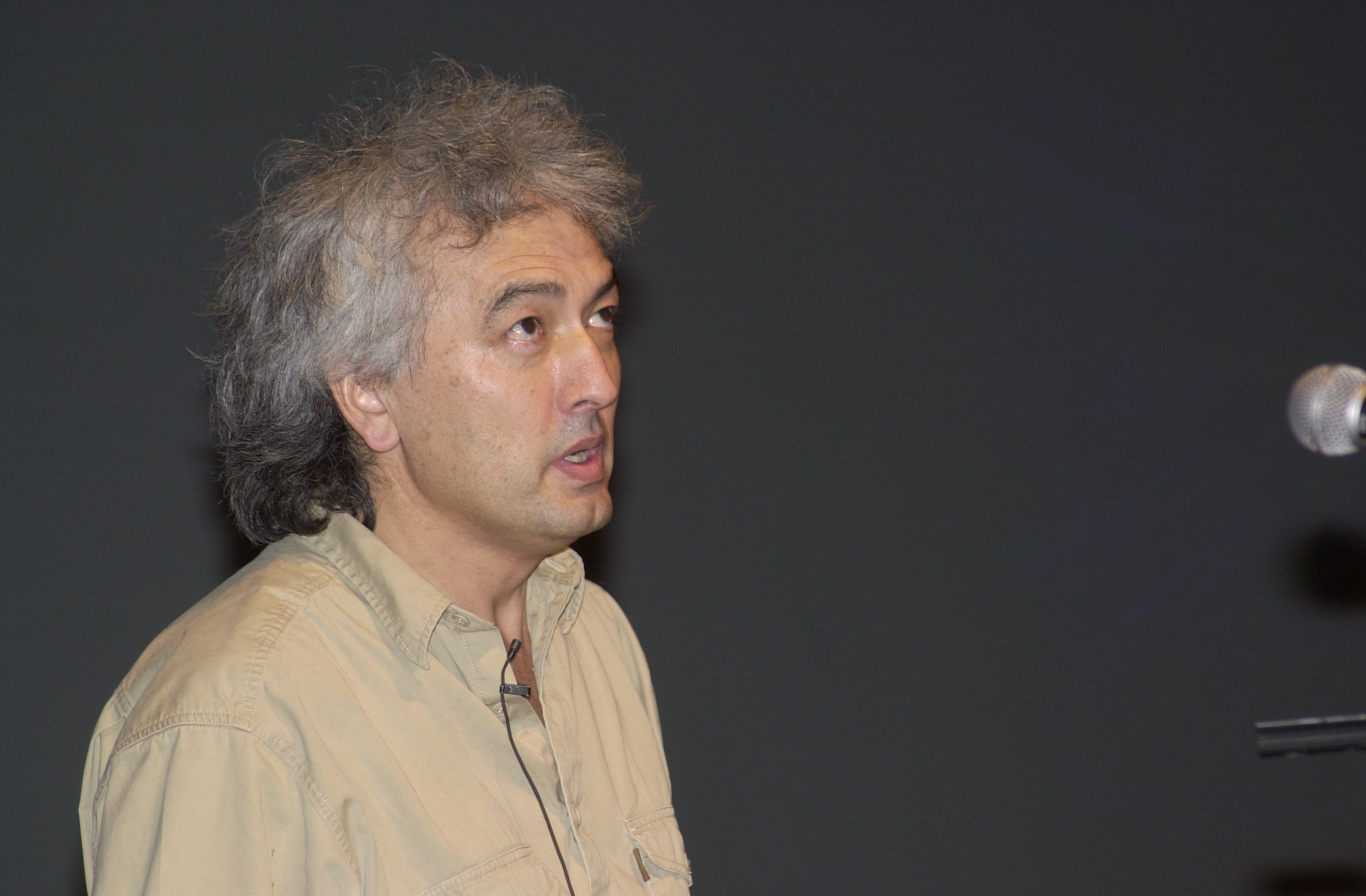 |
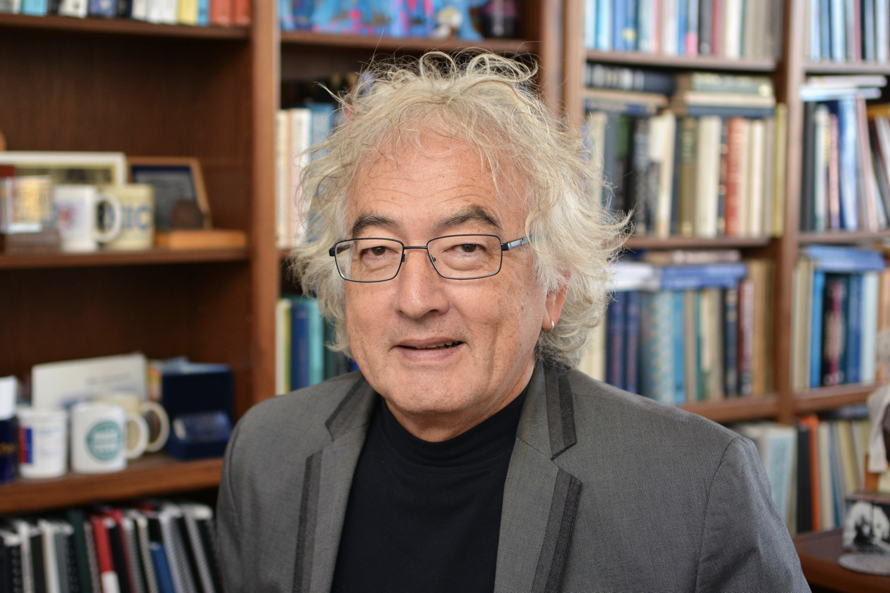 |
|
What are you most proud of helping the collaboration achieve while you were Spokesperson?
So much I cannot pick one thing. I guess in general organizing open discussions with many prominent HI physicists for more
than a year (1989-1990), then arranging discussions on the physics and design of a RHIC experiment, then proposing an LOI (1990)
and next an Updated LOI (1991) for a "An Experiment on Particle and Jet Production at Midrapidity" that was to become STAR, and finally
working with the many very dedicated members of STAR to get STAR constructed, online and taking data (2000).
What is your favorite memory?
Finally getting the STAR trigger to work and seeing the first collisions on the online monitor in the STAR Counting House!
|
First Au+Au event recorded by STAR. Each line represents a particle recorded by the Time Projection Chamber
|
Tim Hallman (DoE) - Spokesperson 2002-2008
2000: Scientist at BNL on STAR
2020: DoE -Associate Director of Science for Nuclear Physics
|
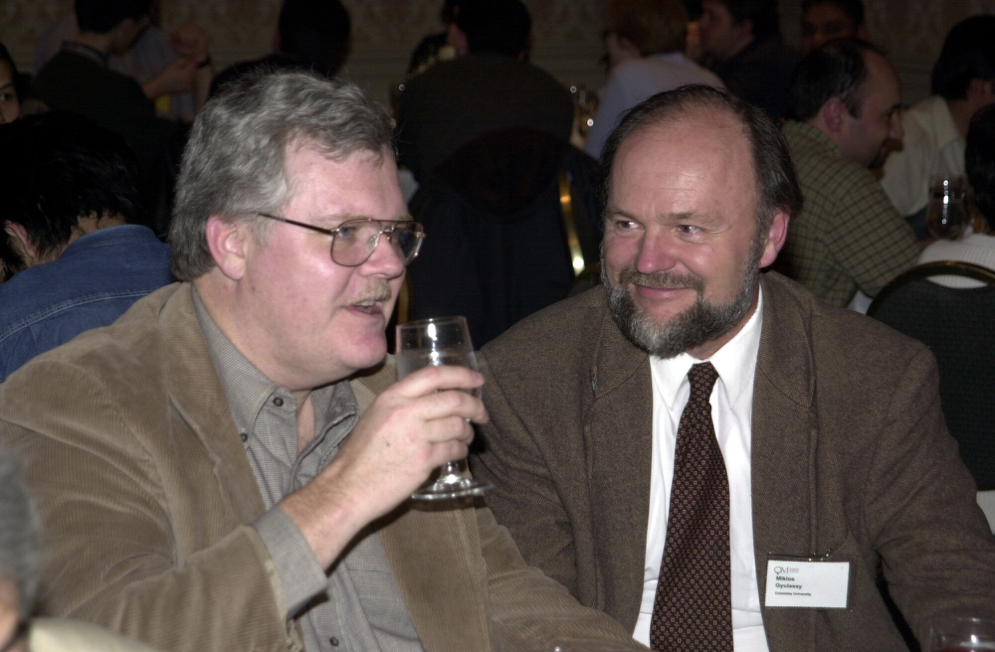 |
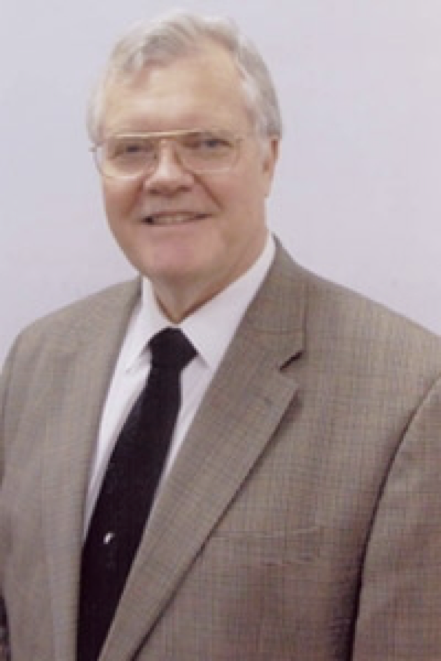 |
|
What are you most proud of helping the collaboration achieve while you were Spokesperson?
The thing I am most proud of is all the PH.D’s STAR produced (and continues to produce) during my time as Spokesperson.
It was a true joy to see how the STAR ecosystem and detector/research program allowed so many talented young students from
around the world to come into the STAR sphere green as the spring bloom, then leave STAR as accomplished young scientists. Being
around those people kept me young, made me proud, and made it all worthwhile.
What is your favorite memory?
There are many fond memories. If I had to pick two, they would be the following. The first and grandest is the night we saw
the first events show up on the monitor in the STAR Controls room and the eruption of cheers that ensued, realizing the fruit of 10 years
of hard work. It was truly one of those moment you get to experience MAYBE once in your career if you are lucky.
The other one that pops to mind is a moment when there was a severe snowstorm (maybe 10 inches already) and I realized that if I
didn’t do something, the shift crew (who was largely from other countries and did not have transportation) was going to have to run
for 24 hours with no food and no relief. So I got into my trusty Jeep, went to Shirley and bought 10 pizzas, ferried fresh people to
the control room, ferried some folks back to the dorms after they had some pizza, and kept the whole show going until the roads were
plowed the next day. Not sure why that sticks in my mind but it does.
|
Nu Xu (LBNL) - Spokesperson 2008-2014
2000: Deep in discussions at QM2001
2020: Out hiking near Mission Peak
|
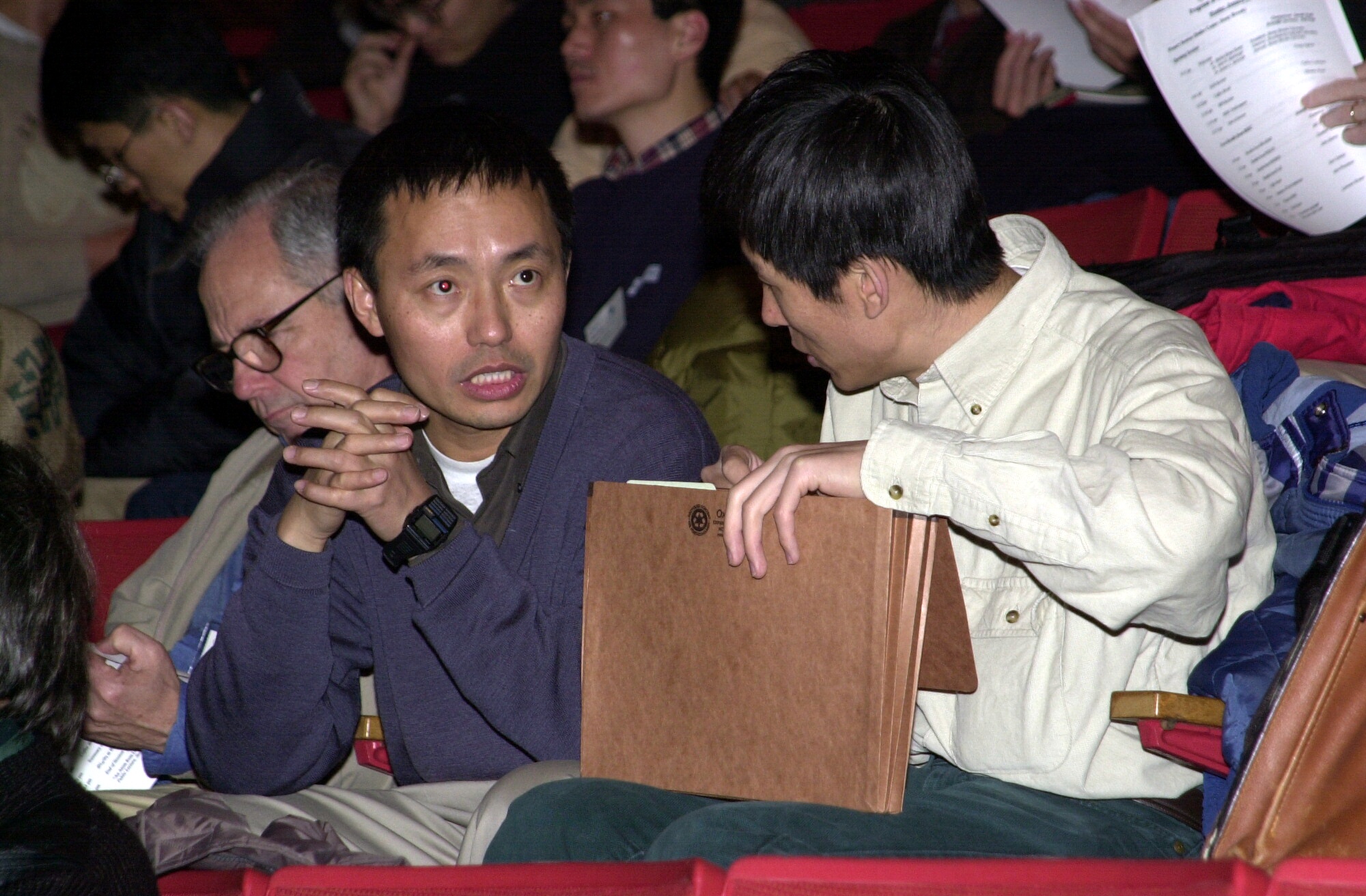 |
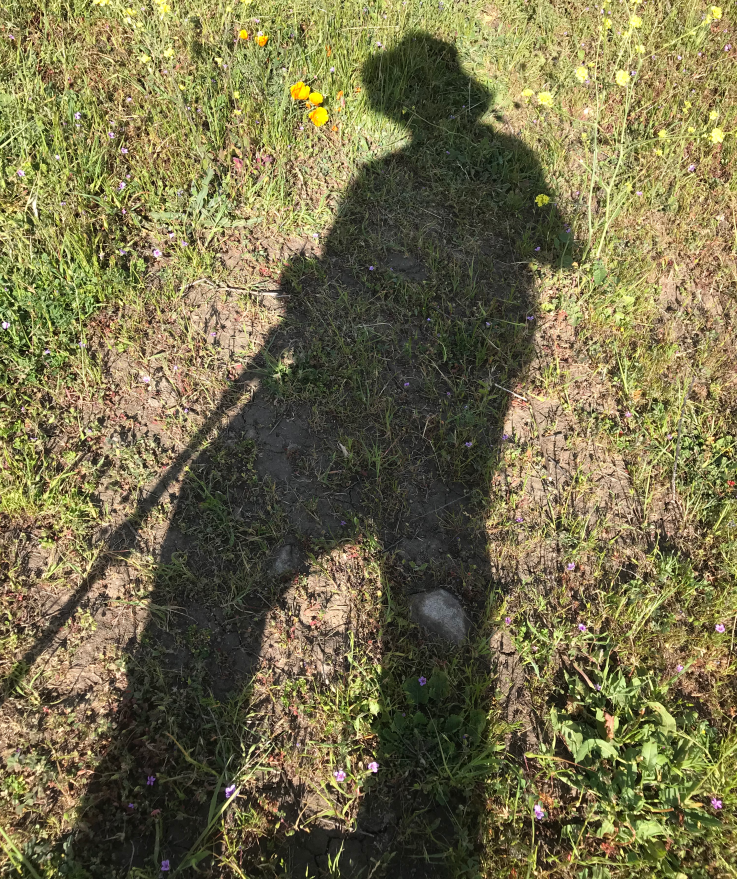 |
|
What are you most proud of helping the collaboration achieve while you were Spokesperson?
Between 2008 to 2014, many important events occurred, perhaps most notably the launch of the LHC. The real challenge then was how to
maintain a strong physics program at RHIC and keep the collaboration productive. With the efforts of the whole collaboration, we
successfully secured the funding and started the construction of the heavy flavor tracker. The technology of the tracker has been
recognized, and such systems have become a vital component for any world-class collider and fixed-target experiments. The other important
progression which comes to mind is the physics program of the beam energy scan at RHIC, in order to sturdy the structure of the QCD diagram
at the higher net-baryon region. The three-C program was established: Collectivity, Chirality and Criticality. Evidently the program is
successful and the second phase of the RHIC beam energy scan is underway. In 2010, the STAR Decadal Plan was finalized, with three vital
components: (a) Nature of QCD matter at extremes, (b) Partonic structure of nucleon and nuclei and (c) Upgrades.
In terms of STAR internal policy, major achievements include the adoption of a new PWG structure and a change in STAR publication policy to
make STAR notes and codes in CVS for all publications coming out from STAR mandatory. At the same time, we have nurtured many excellent,
energetic young scientists in STAR into leaders in the field.
What is your favorite memory?
I cannot choose a favorite of the many wonderful memories I’ve had with STAR. Through working with STAR, I have learned a lot about leadership.
I have also made many friendships, and together, we have advanced technologies as well as the physics program at RHIC.
|
Zhangbu Xu (BNL) Spokesperson 2014-2020
2000: Yale PostDoc working on STAR
2020: Giving plenary talk at QM2019
|
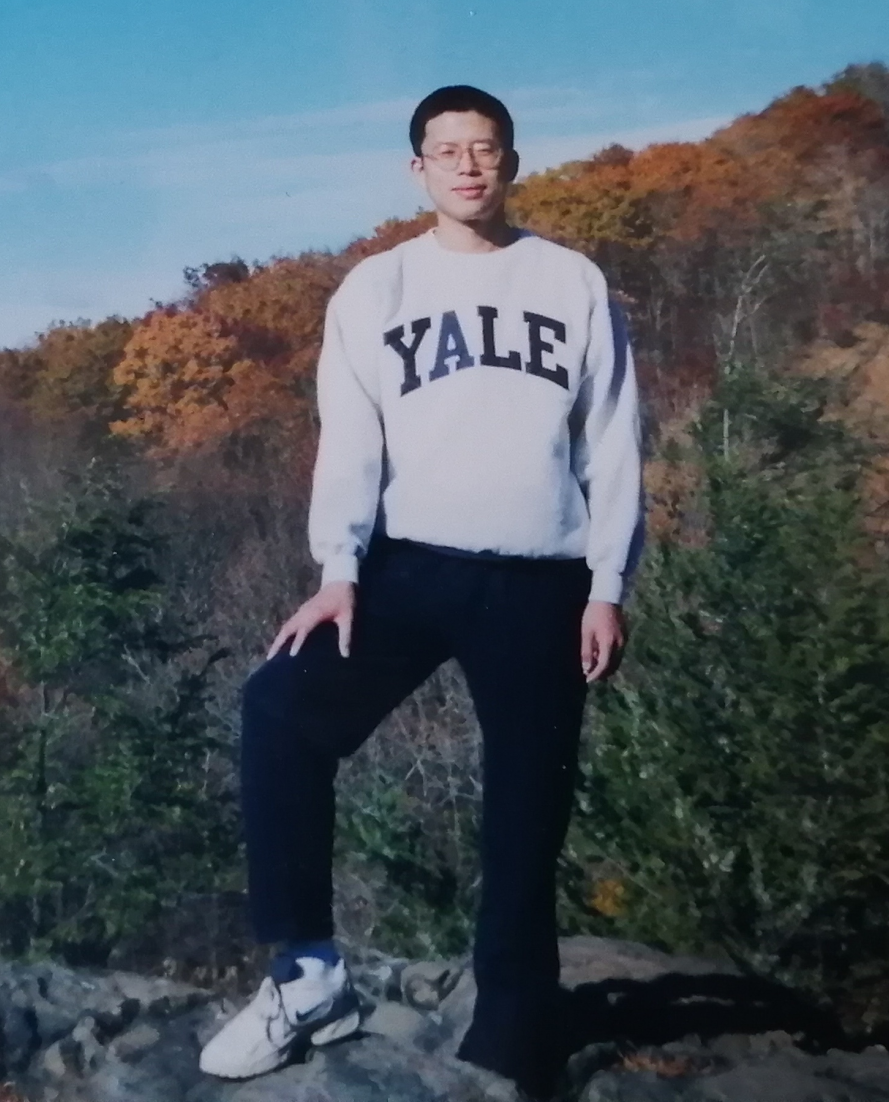 |
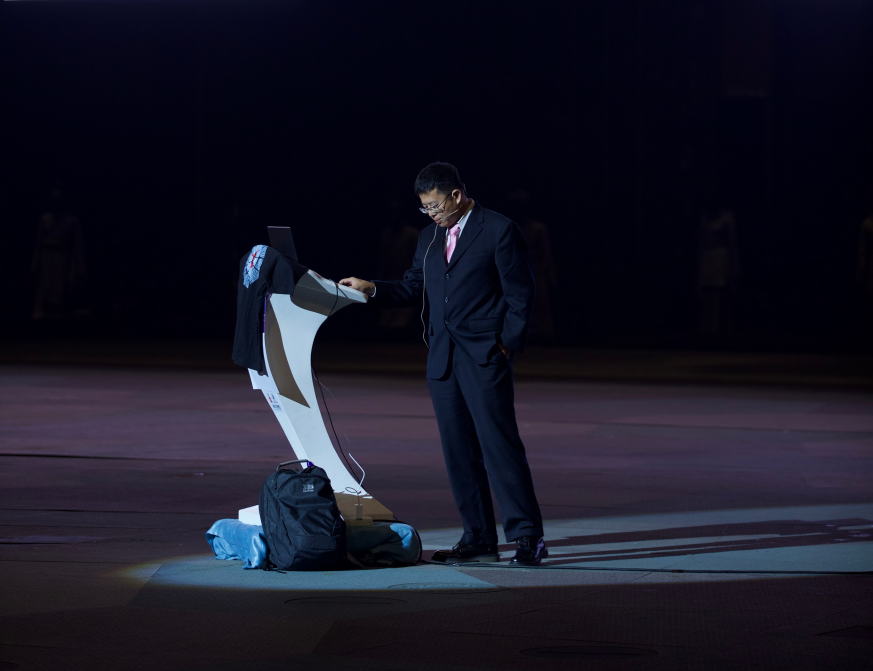 |
|
What are you most proud of helping the collaboration achieve while you were Spokesperson?
My two terms were 2014-2017 and 2017-2020. In my first term, although STAR was expected to be the ONLY experiment at RHIC for quite
a few years, we had struggled to be relevant with real and perceived depletion of resources from getting sPHENIX and EIC projects online.
Many of us realized that we had to be creative in evolving our detector capability to make our physics program strong. Over the last 6 years,
we have operated the newly instrumented detectors: MTD and HFT, proposed and operated successfully new detectors: EPD and iTPC, made into
reality a new proposal: forward tracking and calorimetry detectors, and collaborated with other collaborations on new detectors: eTOF and
RHICf. I am fortunate and proud to be part of that endeavor.
What is your favorite memory?
I am fortunate to travel to many of our collaboration institutions, and interact with many of our collaborators at their home institutes.
Every group has their strength and limitations, but every member has worked very hard to contribute to the STAR program. This is what makes
STAR strong and diverse both in physics program and personality. I remember that at a regional meeting at Prague in 2015, one of Jana and
Jaro’s students made a cake of RHIC complex with rings, trees and buildings, and I had the honor to cut the cake.
|
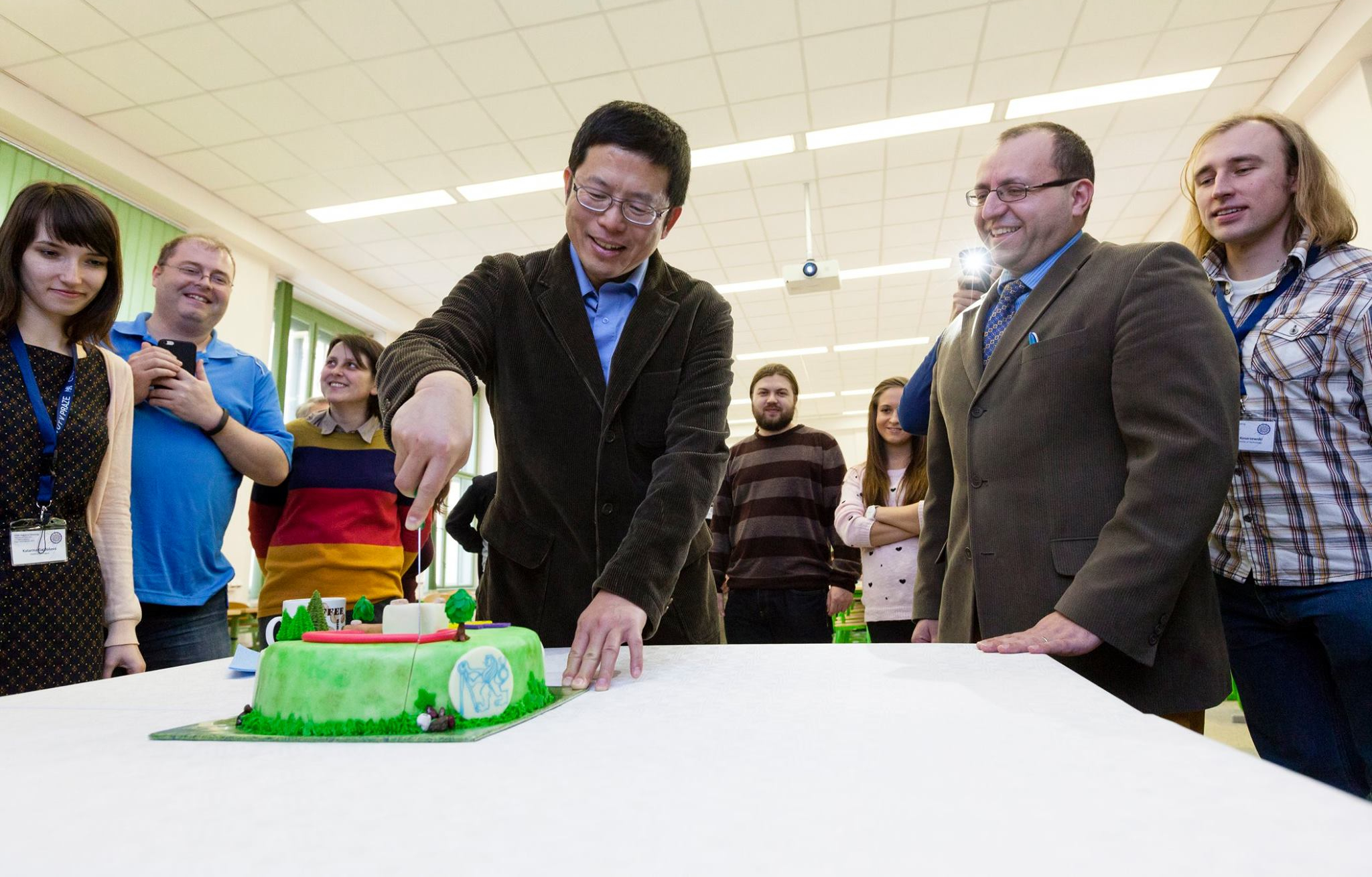 |
|
Posted June 7, 2020
More STAR Focus Features
|
|
|

|
|
|

